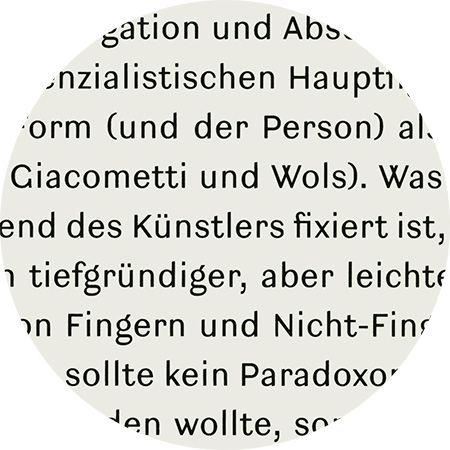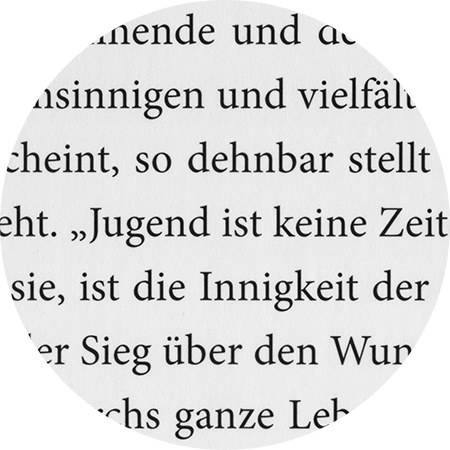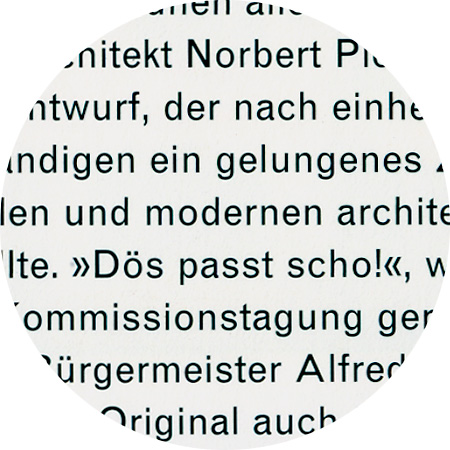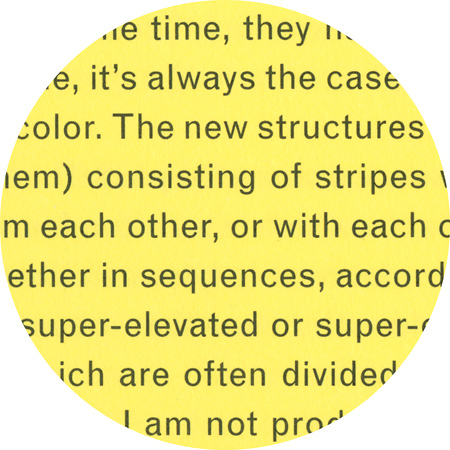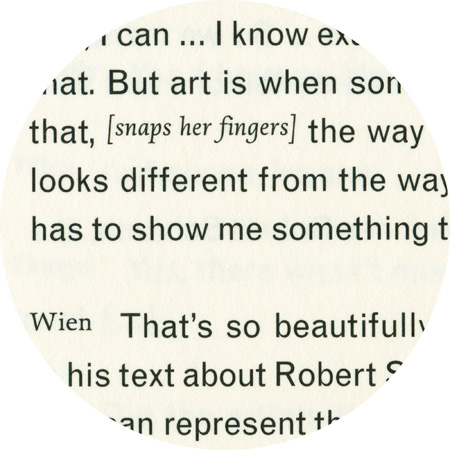December 10th, 2013
Ludwig Pro
Ludwig, designed 2008 by Fred Smeijers. It belongs to the group of sanserif types known as 'grotesque', a name introduced in the 1830s when sanserifs began appearing regularly as printing types. Sanserifs were in general seen as blunt and inelegant, hence names like grotesque. It was the German typefounders who first produced sanserifs in sizes suitable for text, with fully matching upper and lowercase designs. OurType Ludwig is based on these first German sanserifs. But it is not a mere revival. It embodies Smeijers personal vision of how a early 19th-century sanserif design might look and perform today.

